The 22 Long Rifle
Classic and Trending Rifles
feature By: Brian Pearce | September, 24



With a game-rich creek running through the middle of our ranch, along with a myriad of barnyard pests and varmints, I learned to shoot, hunt and stalk a variety of animals. If the sights were properly aligned and the trigger carefully squeezed, the bullet would virtually always strike home. Oh, if that old Winchester could talk, but more importantly, it planted the seeds that sprouted and blossomed so to speak – as my passion for firearms, cartridges and hunting has never subsided! Today, I still find the 22 Long Rifle highly useful for pest control, hunting and target work. In addition to being inexpensive and fun to shoot, its effectiveness on game is far greater than its paper ballistics suggest. It is by far the world’s most popular rifle cartridge. Ammunition has changed and been steadily improved during its 137-year history. In addition to classic firearms that are still very interesting, there are also some great new rifles that have become specialized for modern shooters and current trends.

The 22 Long Rifle started as a black-powder cartridge around 1887, when J. Stevens Arms & Tool Company introduced it. Its lineage can be traced back to the 22 BB Cap that was developed by Louis-Nicolas Flobert in 1845, and was the first rimfire metallic cartridge that contained an 18- to 20-grain round ball and was propelled solely by the priming compound. The 22 Short (known only as 22 Rimfire until 1871, when it was renamed 22 Short to differentiate it from the newer 22 Long) was developed for the first Smith & Wesson revolver, the Model 1, in 1857. It was based on a lengthened BB Cap case that measured .421 inch and it contained 4 grains of FFFFg black powder behind a 29- to 30-grain bullet for something more than 800 feet per second (fps). The 22 Long was developed in 1871 and utilized the same 29-grain heel bullet as the 22 Short, but the case was longer (around .613 inch) for greater powder capacity and velocity. The 22


As indicated, the 22 LR features a lead, heel-style bullet, naturally with outside lubrication. The heel design features a two-diameter bullet with a step down at the base that measures around .208 inch and is loaded inside the case. In contrast the shank (the part that engages the rifling and is outside the case) measures .223 inch (but some factory loads measure .001- to .002-inch larger) and is more or less the same diameter as the case. This design results in the 22 LR not being an overly robust cartridge. If improperly handled, bullets can work loose and if exposed to moisture or humidity, the powder can become contaminated. Cartridges are comparatively fragile and can be easily bent, resulting in accuracy loss and they may not chamber. The bullet’s lubrication can be worn off if carried in a pocket and are prone to collecting dirt, or if exposed to heat, they can melt. Regardless, all of the above generally results in loss of accuracy and barrel leading if care is not exercised to protect ammunition and treat cartridges with some finesse. But with reasonable care in the field, cartridges will perform perfectly.

Early rifles were primarily single shots. However, repeaters designed specifically for the 22 LR were almost immediately in the works. Considering how many rifle designs or models including falling block, lever action, pump action, bolt action and autoloaders have been manufactured in the U.S. only, it truly becomes mind-boggling! But mentioning a just a few groundbreaking classic rifles seems prudent and should bring back fond memories for most readers.

Winchester purchased the patent rights from John Browning for its first pump-action rifle, which would become the Model 1890. It boasted of typical period Winchester high-quality with a vibrant case-colored receiver, traditional three-position hammer, a high level of accuracy and was offered in caliber-specific rimfire cartridges, including 22 LR. It was a very handsome rifle. The 1890 shared the same patents and design as the Models 90, 1906, 62 and 62A. These rifles were widely popular and commonly used as gallery guns, but also found great favor with plinkers, sportsmen and hunters. Sales were huge, with combined figures far exceeding 2,000,000 guns. In 1932, Winchester offered the pump-action hammerless Model 61, which was a highly robust and reliable rifle but was unfortunately discontinued in 1963. In 1919, Winchester introduced the bolt-action Model 52 in several variations, which became a highly-respected target competition rifle, while the Sporter versions were superb field guns, but all were discontinued by 1979.


The Remington Model 12 is another iconic hammerless pump-action rifle that was produced from 1909 through 1936. It was compact, accurate and reliable and nearly 850,000 units were sold during the 27 years it was produced.
The high cost of machining and labor resulted in all of the above rifles becoming rather costly to manufacture and were ultimately discontinued.
There are several modern classics of notable quality and design that have been discontinued for more or less the same reasons. Just a few examples include the excellent Winchester Model 9422 levergun produced from 1972 through 2005, the Ruger 77/22 bolt rifle produced from 1984 through 2016, the Kimber 22 Bolt-Action produced from 1999 through 2007 and Remington offered several high-quality bolt-action rifles, including select rifles from its Custom Shop.
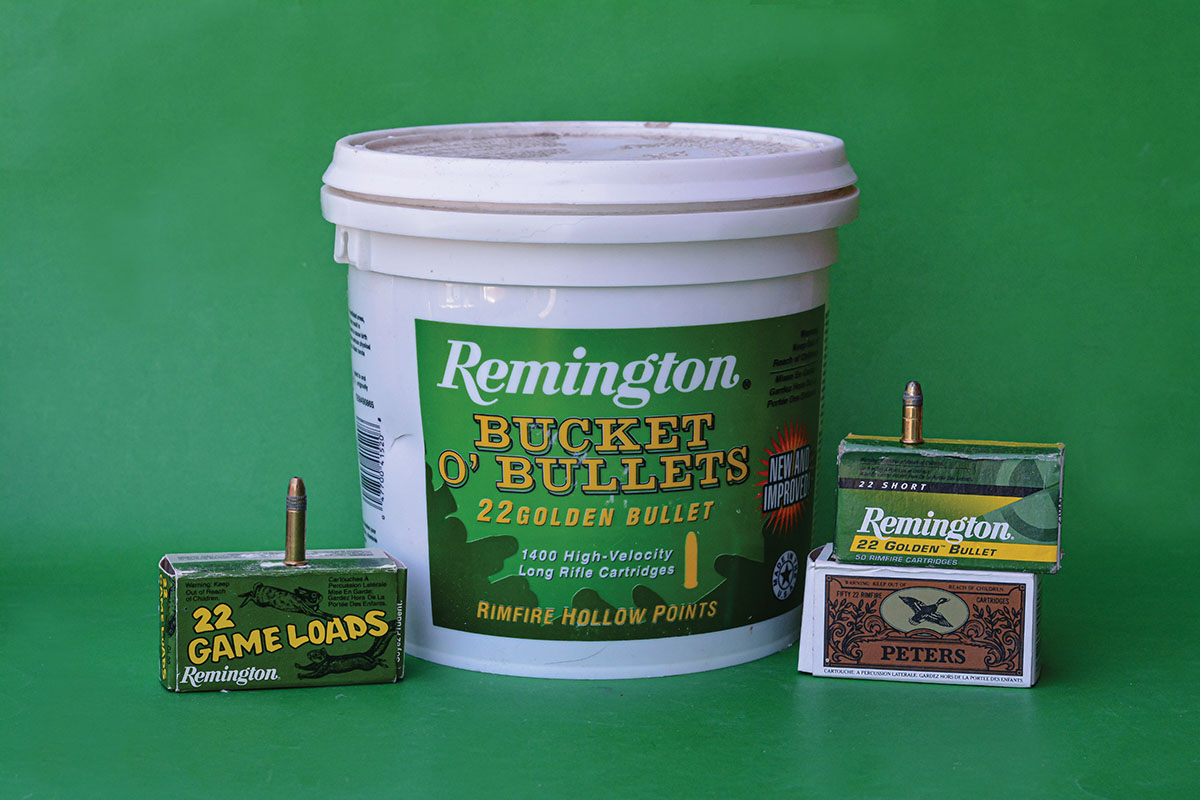
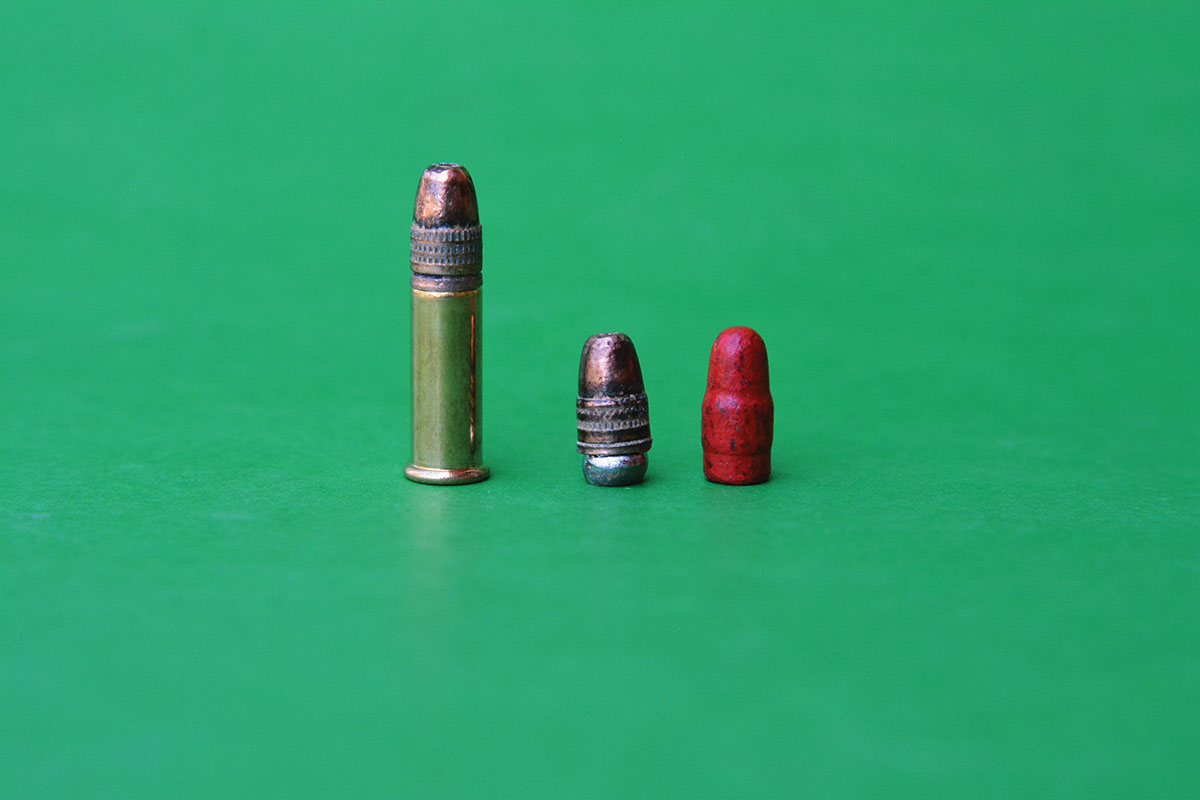
While Ruger probably offers a version to fit the needs of most shooters, the 10/22 is popular for customizing with aftermarket barrels (that are very easy to install), stocks, high-speed firing pins, custom triggers and sights.
Another notable Ruger rifle is the bolt-action American Rimfire that was introduced in 2013 and intended to offer a quality and reliable bolt action at a moderate price. It has a hammer-forged barrel, a 60-degree bolt lift, Marksman adjustable trigger, integral bedding block system and it
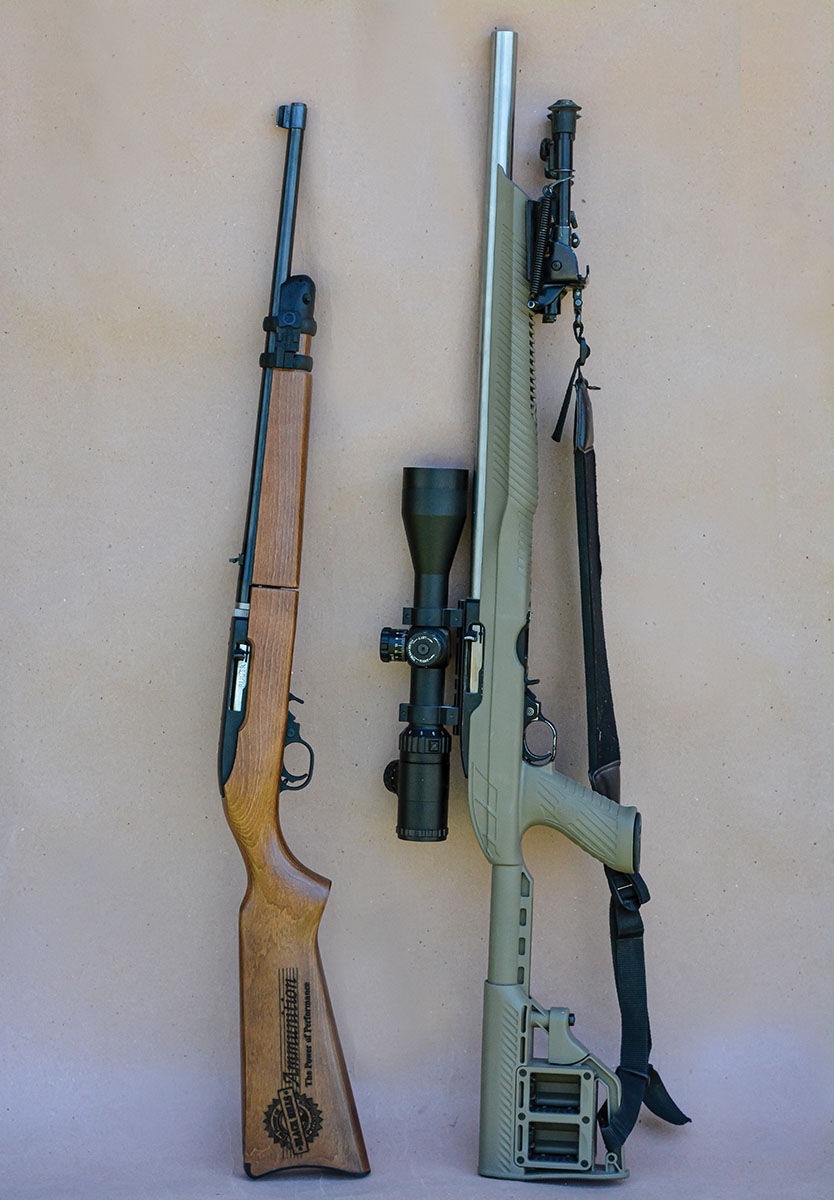
CZ is offering some very desirable bolt-action rimfire rifles on its new 457 action, which is a recent redesign of the Models 452 and 455 predecessors and offers all the right features for natural operation. It is well-machined, has a match-grade barrel and should be
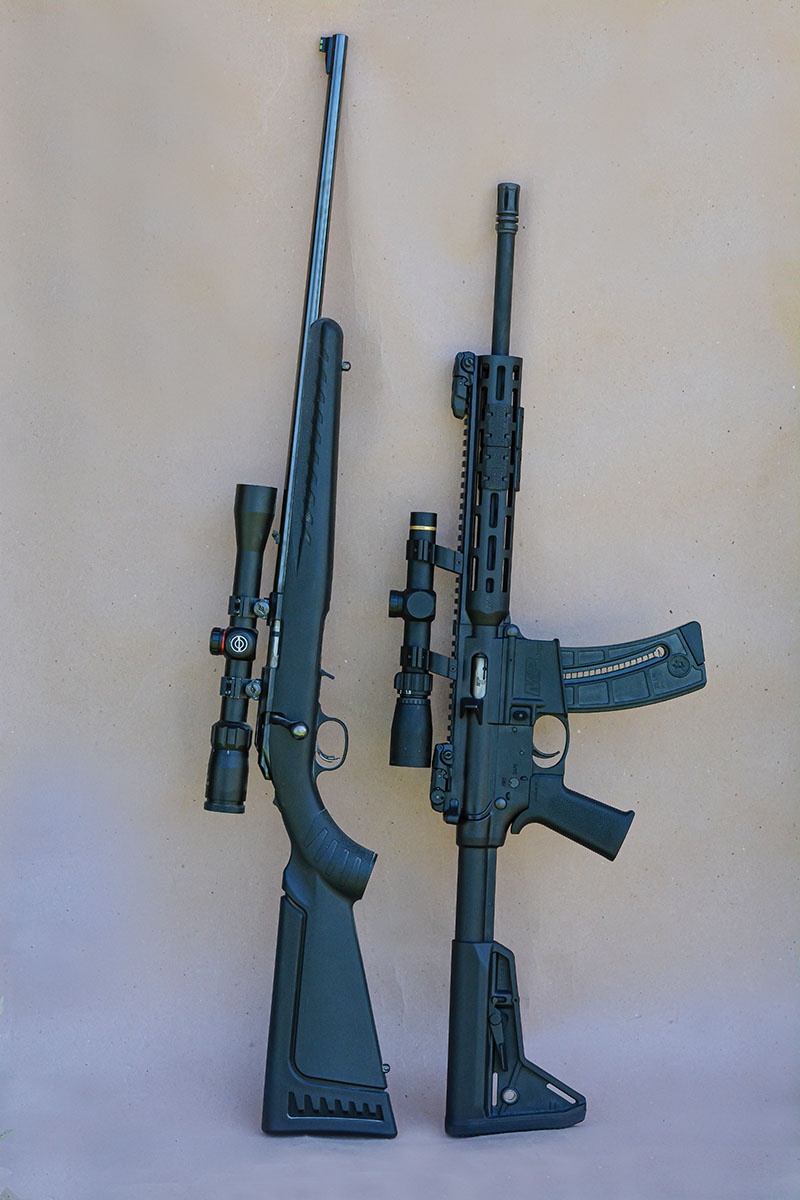
Springfield Armory is offering a very interesting rimfire rifle known as the 2020 Rimfire Target (long-range-style stock) and carries a modest manufacturer’s suggested retail price of just $499.
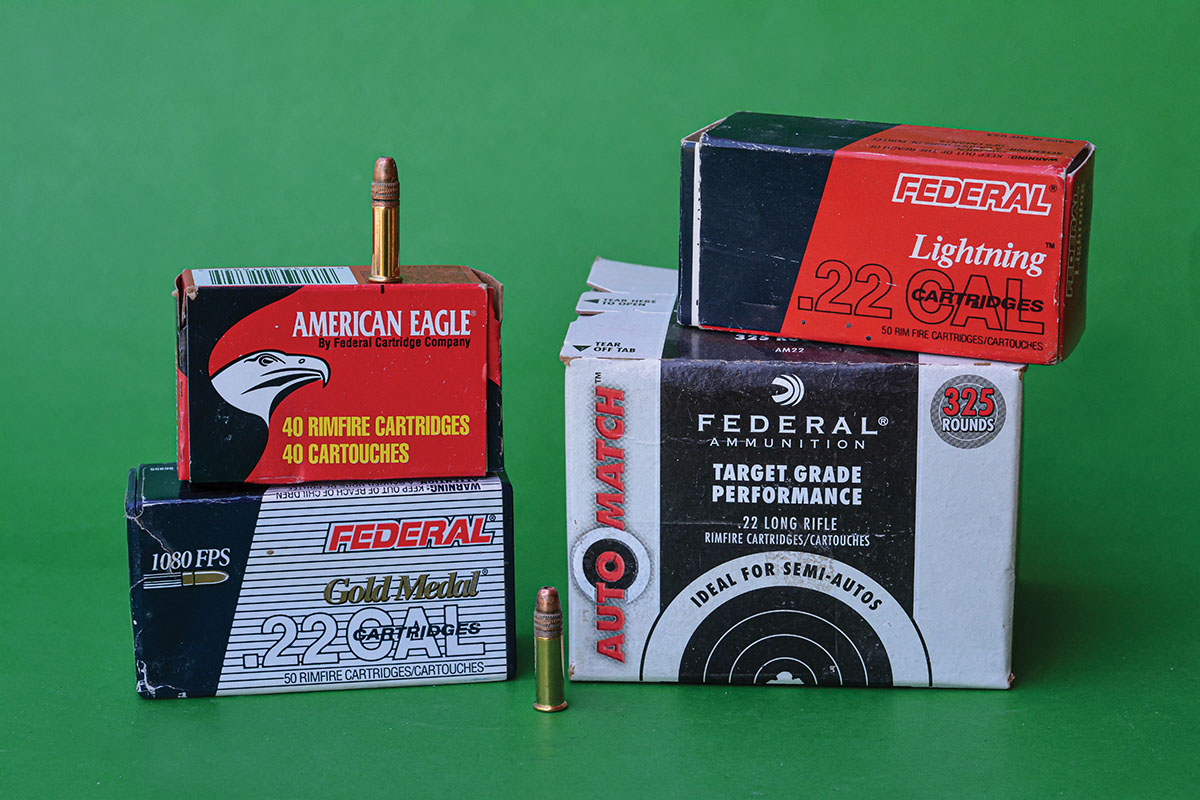
In 2009, Smith & Wesson introduced an autoloading rimfire rifle known as the M&P 15-22 that is patterned (at least in form) after the AR-15 rifle. For those already using MSR-style rifles, the M&P 15-22 is a natural and it serves as an inexpensive understudy. It weighs less than 5½-pounds, has a 16½-inch threaded barrel, a 25-round capacity and a street price of around $450. Like most autoloading rifles, it needs the proper ammunition to function with some degree of reliably, while 50-yard groups generally average between 1½ to 2 inches. As expected, sales have been strong.
Browning Arms still offers its classic Semi-Auto 22, which was first manufactured in Belgium beginning in 1914 and continuing through 1973, and boasts of being the first production semi-auto chambered in 22 LR. It is currently made in Japan by Miroku and is still a quality rifle that is offered in various grade levels with hand-engraving and wood upgrades. It boasts of John Browning patents and is sleek, trim and at just 5-pounds, 3-ounces, it is lightweight. It has a fast takedown that takes just a couple of seconds to engage, along with bottom case ejection, a tubular magazine that extends through the stock and cartridges are loaded through the right side of the stock and it is accurate! The fact that it has been in production for 110 years is a testament that it is a great rifle and prices are less than $700.
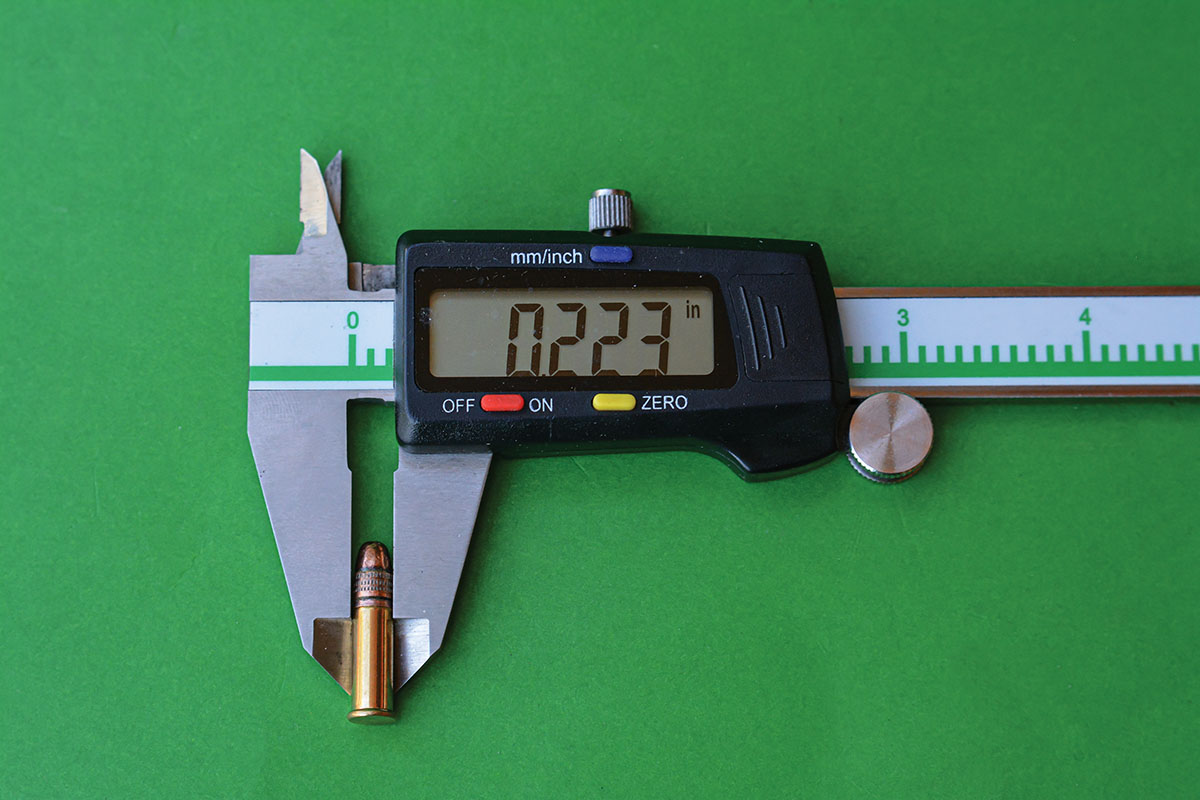
Henry Repeating Arms offers many variations of its 22 Lever Action, which was the first model offered by that company in 1997, and to date more than 1,000,000 units have been sold. Besides being 100 percent made in the U.S., these are great guns that are smooth, reliable and accurate. Personally, I favor the original Classic Lever Action that has a full blue finish, an 18¼-inch round barrel, American walnut stock with modern dimensions and a three-position hammer, it weighs less than 5½ pounds and has a price of around $350. As to accuracy, they generally stay inside 1-inch at 50 yards with most high-speed (copper-plated) loads, but if time is taken to test different match and target loads for top accuracy, group sizes can potentially shrink to a half-inch.
For the way that I use the 22 LR, the most interesting loads are generally premium-type high-speed hollowpoints. High-speed loads were first introduced by Remington in 1930 and contained a 40-grain bullet at 1,300 fps. Naturally, other companies began competing with similar loads. Today, they have been more or less perfected and incidentally operate at 24,000 pounds per square inch per the Sporting Arms and Ammunition Manufacturers’ Institute. As a general statement, high-speed loads (aka high-velocity) are listed with a 36- to 40-grain copper-plated bullets pushed from 1,255 to 1,435 fps depending on manufacturer and load. I keep a variety of manufacturer’s loads on hand and select the load that gives the best accuracy in a particular rifle. The inexpensive bulk-packed loads are best used for casual plinking, while premium loads will burn cleaner, are more accurate and will produce enough energy to reliably cycle the actions of most autoloaders. However, when trying to squeeze the utmost accuracy out of any rifle, match target loads from Federal, Eley, CCI, Lapua, Winchester and others should be considered. Also, with the huge popularity of suppressors, most companies are offering subsonic loads that serve to further increase the fun and versatility of the great 22 LR. Hyper-velocity loads, such as the notable CCI Stinger, which pushes a 32-grain bullet at 1,640 fps and others, are interesting, but due to their shorter shank and hyper-speeds, they generally give up accuracy potential.
The 22 LR is a truly remarkable cartridge. Due to being a straight-walled case, containing a tiny powder charge, along with a lead-based bullet, barrel life is incredibly long. Although ammunition prices have slowly crept up over the past 15 years, 22 LR is still a bargain by any standard and with so many loads that include quiet powderless versions, subsonic, shot, match target, high-speed hollowpoints and hyper-velocity cartridges, its versatility, fun and usefulness is at the very least, amazing.


